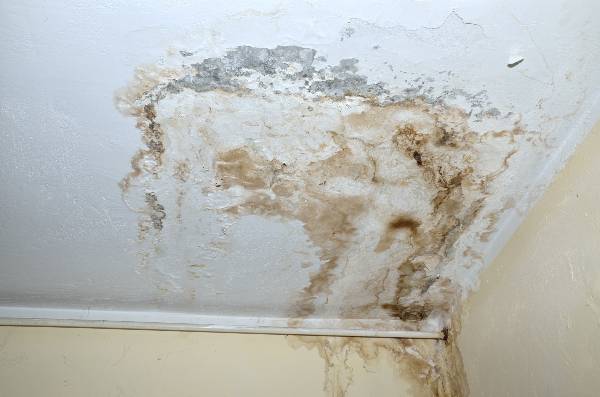Just how to Inspect If Your House Has a Concealed Leak
Just how to Inspect If Your House Has a Concealed Leak
Blog Article
How do you really feel on the subject of Detecting hidden plumbing leaks?

Early detection of dripping water lines can minimize a prospective catastrophe. Besides conserving you cash, it will certainly reduce the irritation and disappointment. The moment you find a leak, calling your plumber for repairs is the best option. Some tiny water leakages might not be visible. If you can not identify it with your naked eyes, below are some hacks that aid.
1. Examine the Water Meter
Every house has a water meter. Checking it is a proven manner in which helps you discover leakages. For starters, turn off all the water sources. Make sure no one will certainly purge, use the tap, shower, run the washing device or dishwashing machine. From there, go to the meter as well as watch if it will alter. Considering that nobody is using it, there need to be no activities. If it relocates, that suggests a fast-moving leakage. Furthermore, if you detect no changes, wait a hr or two as well as check back once more. This means you may have a slow-moving leak that might even be underground.
2. Inspect Water Intake
Examine your water expenses as well as track your water intake. As the one paying it, you must discover if there are any type of discrepancies. If you spot sudden changes, despite your intake coinciding, it suggests that you have leaks in your plumbing system. Remember, your water costs need to drop under the same variety every month. A sudden spike in your bill suggests a fast-moving leak.
On the other hand, a consistent rise each month, even with the very same practices, shows you have a slow-moving leak that's likewise slowly intensifying. Call a plumber to completely examine your residential property, especially if you feel a cozy area on your floor with piping beneath.
3. Do a Food Coloring Examination
30% comes from toilets when it comes to water usage. Examination to see if they are running properly. Decrease flecks of food shade in the container and wait 10 minutes. There's a leakage in between the container and bowl if the shade somehow infiltrates your dish throughout that time without flushing.
4. Asses Outside Lines
Do not fail to remember to check your outdoor water lines as well. Must water leak out of the connection, you have a loosened rubber gasket. One little leak can squander lots of water and spike your water costs.
5. Check and Analyze the Circumstance
Property owners should make it a behavior to inspect under the sink counters and also inside cupboards for any bad odor or mold and mildew growth. These 2 red flags show a leak so punctual interest is required. Doing regular evaluations, also bi-annually, can save you from a significant issue.
Inspect for discolorations as well as deteriorating as most appliances and pipes have a life expectancy. If you suspect leaking water lines in your plumbing system, do not wait for it to rise.
Early detection of dripping water lines can mitigate a possible calamity. Some little water leakages may not be noticeable. Checking it is a surefire means that helps you discover leaks. One tiny leakage can waste tons of water as well as surge your water expense.
If you believe dripping water lines in your plumbing system, do not wait for it to escalate.
WARNING SIGNS OF WATER LEAKAGE BEHIND THE WALL
PERSISTENT MUSTY ODORS
As water slowly drips from a leaky pipe inside the wall, flooring and sheetrock stay damp and develop an odor similar to wet cardboard. It generates a musty smell that can help you find hidden leaks.
MOLD IN UNUSUAL AREAS
Mold usually grows in wet areas like kitchens, baths and laundry rooms. If you spot the stuff on walls or baseboards in other rooms of the house, it’s a good indicator of undetected water leaks.
STAINS THAT GROW
When mold thrives around a leaky pipe, it sometimes takes hold on the inside surface of the affected wall. A growing stain on otherwise clean sheetrock is often your sign of a hidden plumbing problem.
PEELING OR BUBBLING WALLPAPER / PAINT
This clue is easy to miss in rooms that don’t get much use. When you see wallpaper separating along seams or paint bubbling or flaking off the wall, blame sheetrock that stays wet because of an undetected leak.
BUCKLED CEILINGS AND STAINED FLOORS
If ceilings or floors in bathrooms, kitchens or laundry areas develop structural problems, don’t rule out constant damp inside the walls. Wet sheetrock can affect adjacent framing, flooring and ceilings.
https://www.servicemasterbyzaba.com/blog/how-to-detect-water-leakage-in-walls/

I was shown that write-up on Leaking water lines from a friend on another domain. Enjoyed our piece of writing? Please share it. Help another person discover it. Kudos for your time. Don't forget to pay a visit to our site back soon.
Report this page